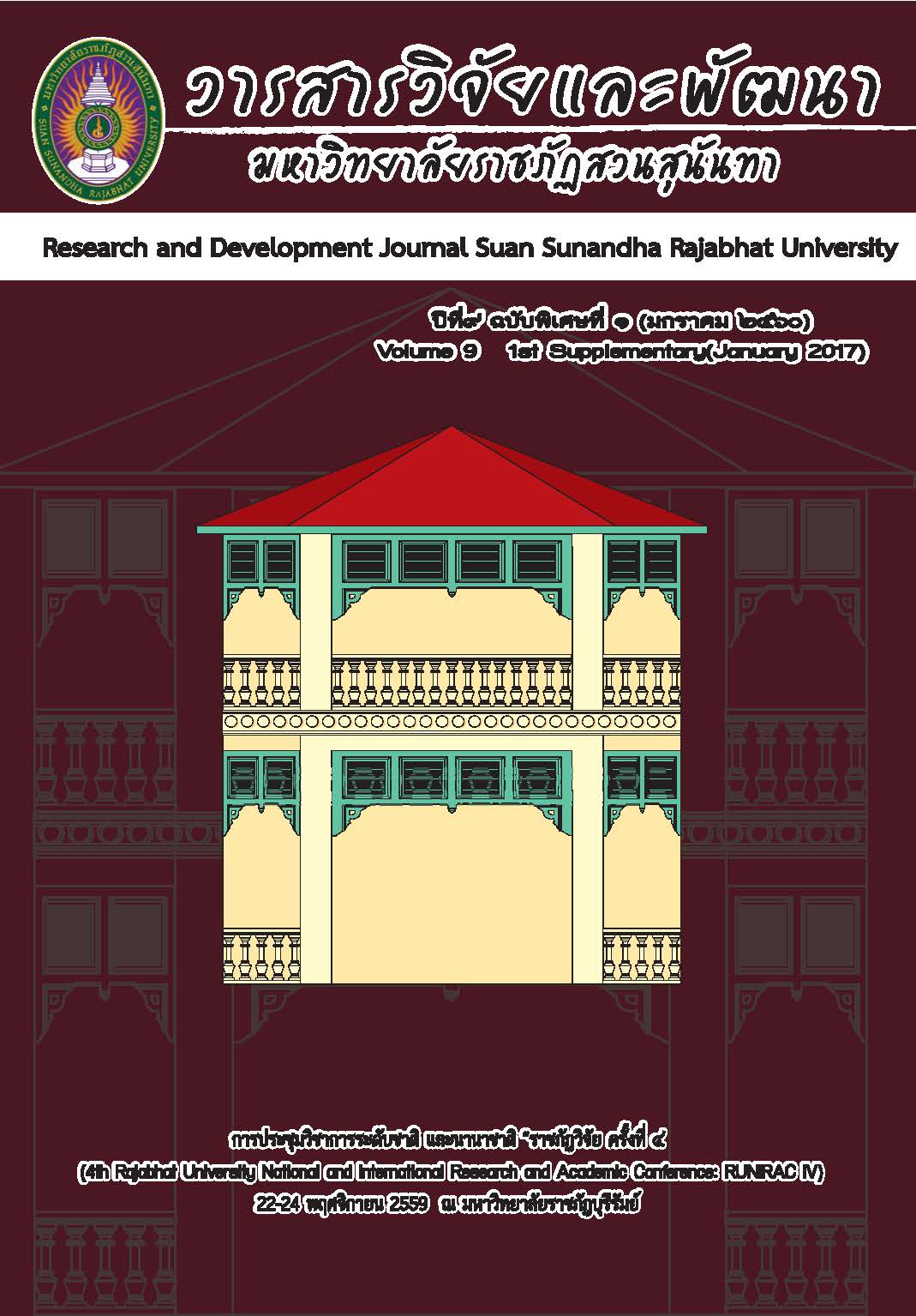-
DOI:
https://doi.org/10.53848/irdssru.v9i1%20SUP.213887คำสำคัญ:
-บทคัดย่อ
-
เอกสารอ้างอิง
Cook, E. D., & Hazelwood, A. C. (2002). An
active learning strategy for the
classroom—‘‘who wants to win.
some mini chips ahoy?’’ Journal
of Accounting Education, 20(4),
297–306.
Gainor, M., Bline, D., & Zheng, X. (2014).
Teaching internal control through
active learning. Journal of
Accounting Education, 32(2), 200–
221.
Graddol, D. (1197). The Future of
English? The British Council.
http://www.britishcouncil.org/learni
ng-elt-future.pdf.
Luoma, S. (2004). Assessing Speaking.
New York: Cambridge University Press.
McKeachie, W. (1994). Teaching tips.
Lexington, MA: D.C. Heath.
Meyer, C., & Jones, T. B. (1993). Promoting
active learning: Strategies for the
college classroom. San Francisco:
Jossey-Bass.
Prince, M. (2004). Does active learning
work? A review of the research.
Journal of Engineering Education,
93(3), 223–231.
Richards, Jack C. (1990). Conversationally
speaking: Approaches to the
teaching of conversation. In Jack C.
Richards, The Language Teaching
Matrix. New York: Cambridge
University Press, pp. 67–85.
active learning strategy for the
classroom—‘‘who wants to win.
some mini chips ahoy?’’ Journal
of Accounting Education, 20(4),
297–306.
Gainor, M., Bline, D., & Zheng, X. (2014).
Teaching internal control through
active learning. Journal of
Accounting Education, 32(2), 200–
221.
Graddol, D. (1197). The Future of
English? The British Council.
http://www.britishcouncil.org/learni
ng-elt-future.pdf.
Luoma, S. (2004). Assessing Speaking.
New York: Cambridge University Press.
McKeachie, W. (1994). Teaching tips.
Lexington, MA: D.C. Heath.
Meyer, C., & Jones, T. B. (1993). Promoting
active learning: Strategies for the
college classroom. San Francisco:
Jossey-Bass.
Prince, M. (2004). Does active learning
work? A review of the research.
Journal of Engineering Education,
93(3), 223–231.
Richards, Jack C. (1990). Conversationally
speaking: Approaches to the
teaching of conversation. In Jack C.
Richards, The Language Teaching
Matrix. New York: Cambridge
University Press, pp. 67–85.
ดาวน์โหลด
เผยแพร่แล้ว
02-09-2019
รูปแบบการอ้างอิง
Ruksapon, K. (2019). -. Research and Development Journal Suan Sunandha Rajabhat University, 9(1 SUP), 105. https://doi.org/10.53848/irdssru.v9i1 SUP.213887
ฉบับ
ประเภทบทความ
บทความวิจัย
สัญญาอนุญาต
บทความที่ได้รับการตีพิมพ์เป็นลิขสิทธิ์ของ สถาบันวิจัยและพัฒนา มหาวิทยาลัยราชภัฎสวนสุนันทา
ข้อความที่ปรากฏในบทความแต่ละเรื่องในวารสารวิชาการเล่มนี้เป็นความคิดเห็นส่วนตัวของผู้เขียนแต่ละท่านไม่เกี่ยวข้องกับมหาวิทยาลัยราชภัฎสวนสุนันทา และคณาจารย์ท่านอื่นๆในมหาวิทยาลัยฯ แต่อย่างใด ความรับผิดชอบองค์ประกอบทั้งหมดของบทความแต่ละเรื่องเป็นของผู้เขียนแต่ละท่าน หากมีความผิดพลาดใดๆ ผู้เขียนแต่ละท่านจะรับผิดชอบบทความของตนเองแต่ผู้เดียว





